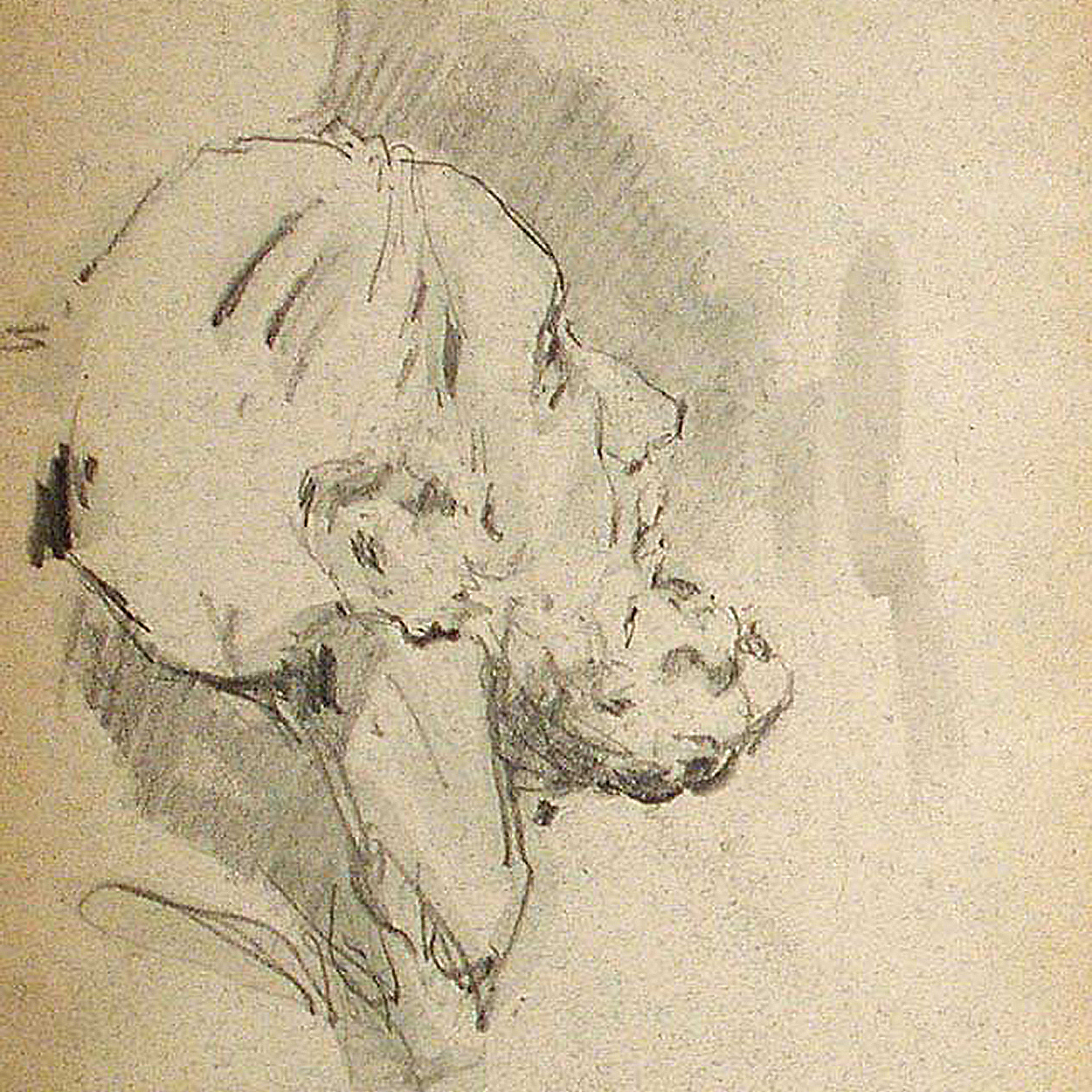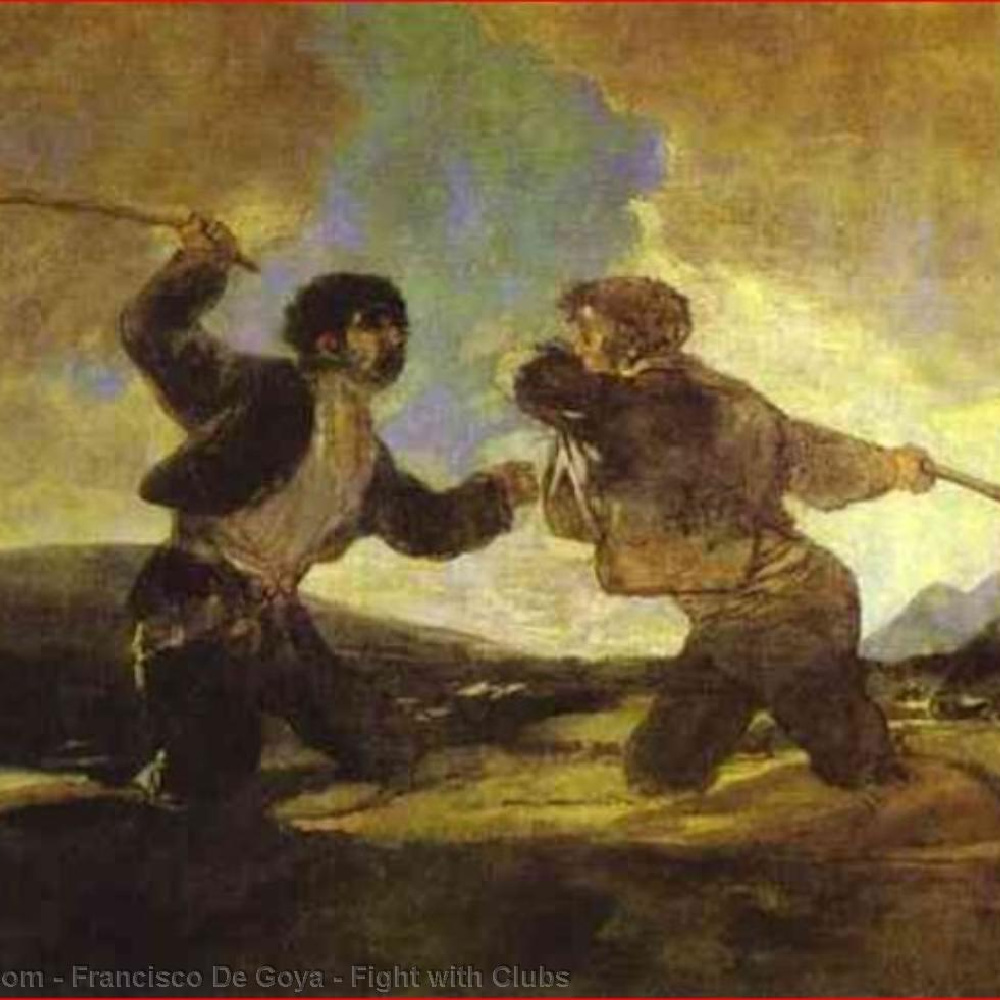In the fall of 2016, the man behind comedies like Parks and Recreation, Brooklyn Nine-Nine, and The Office decided to move beyond the workplace. Well beyond in his take on the afterlife The Good Place.
One year later, Pixar gave us their own version of the great beyond in Coco.
With last week’s conclusion of The Good Place’s fourth and final season, we have clarity on how both of these pop culture staples have imagined the afterlife.
This article contains significant spoilers from both Coco and The Good Place.
Their visions differ significantly, but converge in one telling detail: the existence of eternal oblivion.
In Coco, one only remains in the afterlife as long as someone on earth remembers them. While in the Good Place, the main characters find the afterlife to be irreparably broken and fix it by allowing people the option of ceasing to exist.
From a storytelling perspective, adding death-like stakes into afterlife narratives provides conflict and risk. But I would suggest that ultimately these choices reflect the real gaps in our popular conceptions of heaven.
Neither Coco nor The Good Place seem to have afterlives where what you do matters. Coco’s protagonist Miguel spends the film building a meaningful relationship with his great-great-grandfather, Héctor. But ultimately, the plot suggests this relationship doesn’t matter since both people are in the afterlife. The only relationships that matter are between those who are still living.
The Good Place plays this aspect of its afterlife more on the nose. When the main characters reach the titular good place in the show’s penultimate episode, they meet the great Alexandrian philosopher and mathematician Hypatia. But rather than show her having progressed in the 1600 years since her death, she’s regressed significantly. She says:
I used to be cool, man! I studied so much things. Art and music and the, uh, the one with the number piles? Where I’d be like, “Two!” and you’d be like, “Six!” . . . And then I came here, where time stretched out forever, and every second of my existence was amazing, but my brain became this big, dumb blob. . . . ‘Cause you get here and you realize that anything’s possible, so you do everything, and then you’re done. But you still have infinity left. This place kills fun and passion and excitement and love, ’till all you have left are milkshakes.
And as if to underline the point, the first thing any of our main characters do once they’ve arrived is go-karting with monkeys, then go-karting with hippos, then jet-packing with draculas, then “50 other combinations,” while the rest of the group drinks “star-dust” milkshakes. The Good Place’s good place,then, ends up being little more than hedonism.
But our popular religious culture typically adds little else. Certainly, the most popular evangelical answer is that the purpose of heaven isn’t indulgence, but endless worship (though to what end?). Perhaps, however, we shouldn’t be surprised to see our pop culture reflect back that there is no purpose in heaven but indulgence, when the best that many of our religious voices answer is “what is heaven? . . . A home of eternal blessing, reward, and bliss, better than the best earth can offer us.”
In addition to a religious culture that provides no substantial answer to the question of what we will do in heaven, our predominant conceptions of identity seem far too static and restrictive.
In Coco there is no concept of postmortem self-improvement. While the antagonist, Ernesto de la Cruz has been dead for decades, his greed, deceit, and self-promotion have remained unchanged.
Coco’s land of the dead is simply a mirror image of our world with less skin and brightly colored alebrije-style spirit animals. There remains poverty, and celebrity, bureaucracy, and lawlessness. Even with additional decades to grow and improve, the dead characters of Coco simply don’t.
What’s disconcerting about The Good Place is that despite it’s best efforts, it falls into the same trap of characters who don’t grow after their death. The final season’s main plot involves trying to redesign a better version of the afterlife. Before they reach the good place themselves, they design a system where everyone will go through a simulation to grow and improve to the point where they can qualify to enter the good place.
Eventually, we meet some friends of the protagonists we had only seen when they were vapid, image-obsessed, and backbiting on Earth. Now in the good place, they reveal themselves to be fundamentally the same as they were on earth, minus only their propensity for felony fraud.
And as if to underline the point, their friend remarks, “I am so glad that going through the system didn’t totally change you two ding dongs.”
In fact, the entire replacement system suggests the need to improve only to a certain point where you qualify, rather than an ongoing, iterative “eternal” improvement.
The problem with a hedonistic afterlife and a restricted idea of self-improvement is that living forever becomes meaningless. No wonder the creators of The Good Place and Coco found themselves in the creative position where eternal oblivion was the only outcome that made sense.
The Good Place actually stumbled into finding purpose for its deceased characters without requiring oblivion. But frustratingly, it isolated the approach to one character, rather than recognizing it as a solution for all the characters.
Tahani, one of The Good Place’s four protagonists, spends her time in the good place in continual self-improvement. At one point we see her list of skills and attributes to develop with at least 9,369 items and no apparent end in sight. She has healed her relationship with her sister and parents. But rather than submitting herself to the eternal oblivion that’s been proscribed, Tahani seeks to become an “architect”—one of the characters on the show that helps design the simulations that help others improve. And though the plot quickly moves past her, as the final character chooses eternal oblivion we learn that Tahani is still continuing to improve as an architect.
In Tahani, the creators of The Good Place solved the question of what to do eternally without eternal oblivion—through a character that found eternal self-improvement through helping others grow and develop.
For Latter-day Saint readers, this may start to sound a bit familiar. And in fact, The Church of Jesus Christ of Latter-day Saints teaches a doctrine of eternal progression that elegantly addresses the cultural gaps we have with the afterlife (teaser: eternal oblivion isn’t the best you can look forward to!).
Coco never imagines an alternative to oblivion, though, and in The Good Place finale, annihilation is played in a way so saccharine that they seem to expect the audience won’t imagine anything better. But there is something better.
Something eternally sweet and rich—yes—but not absorbed in self or God alone (however wonderful that may be). Our own relationships continue in this view of heaven—in an enduring fellowship of friendship and family. As Joseph Smith himself taught, “that same sociality which exists among us here will exist among us there, only it will be coupled with eternal glory, which glory we do not now enjoy.” How else could it be sweet, or rich, or heaven at all?
Perhaps in our rush to avoid Godmakers-style mockery, Latter-day Saints have not been as bold about their belief in eternal progression. But as cultural depictions of the afterlife have shown, it’s a belief that is missing from our cultural discourse that might well help resolve some of the deepest questions of the soul.
















